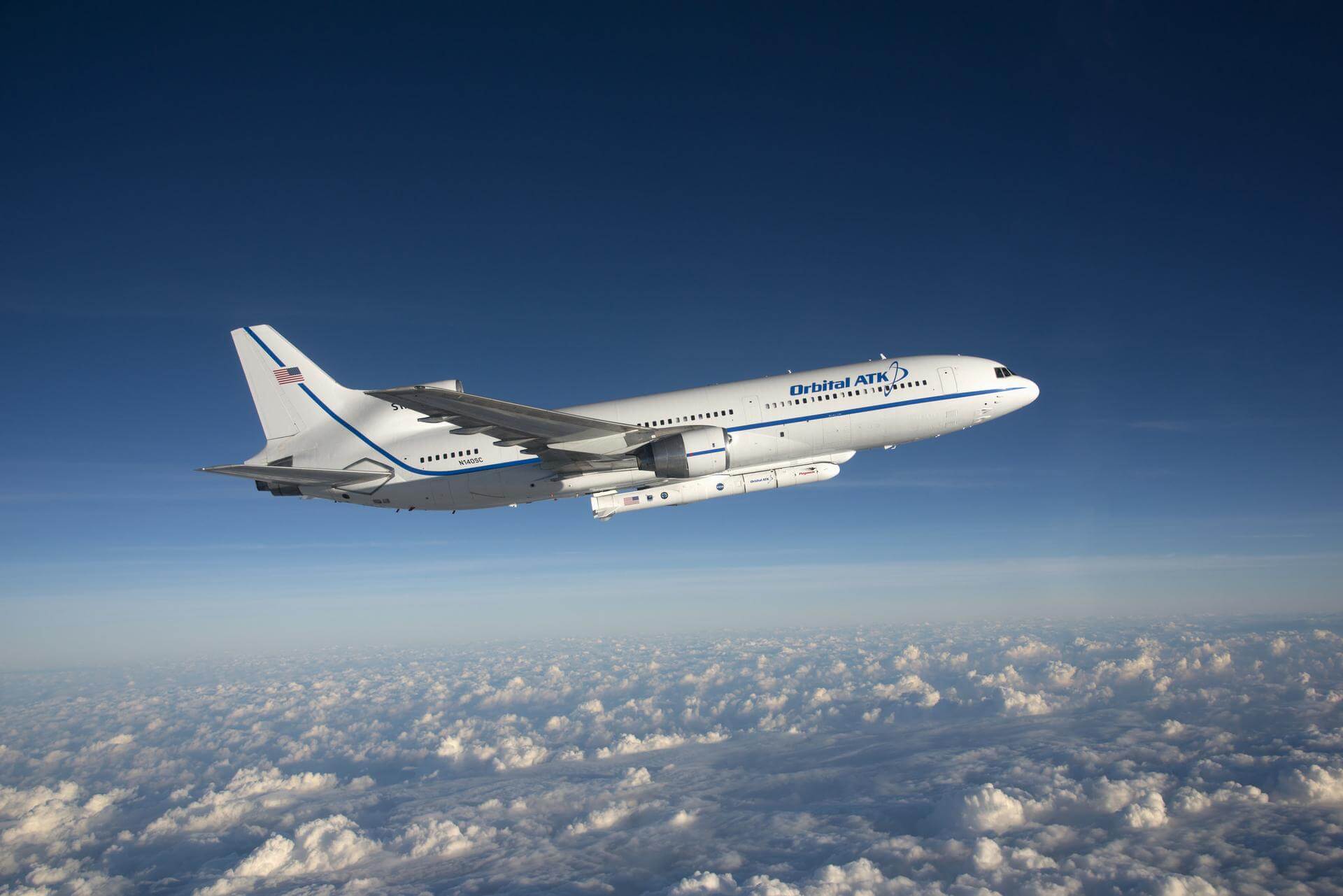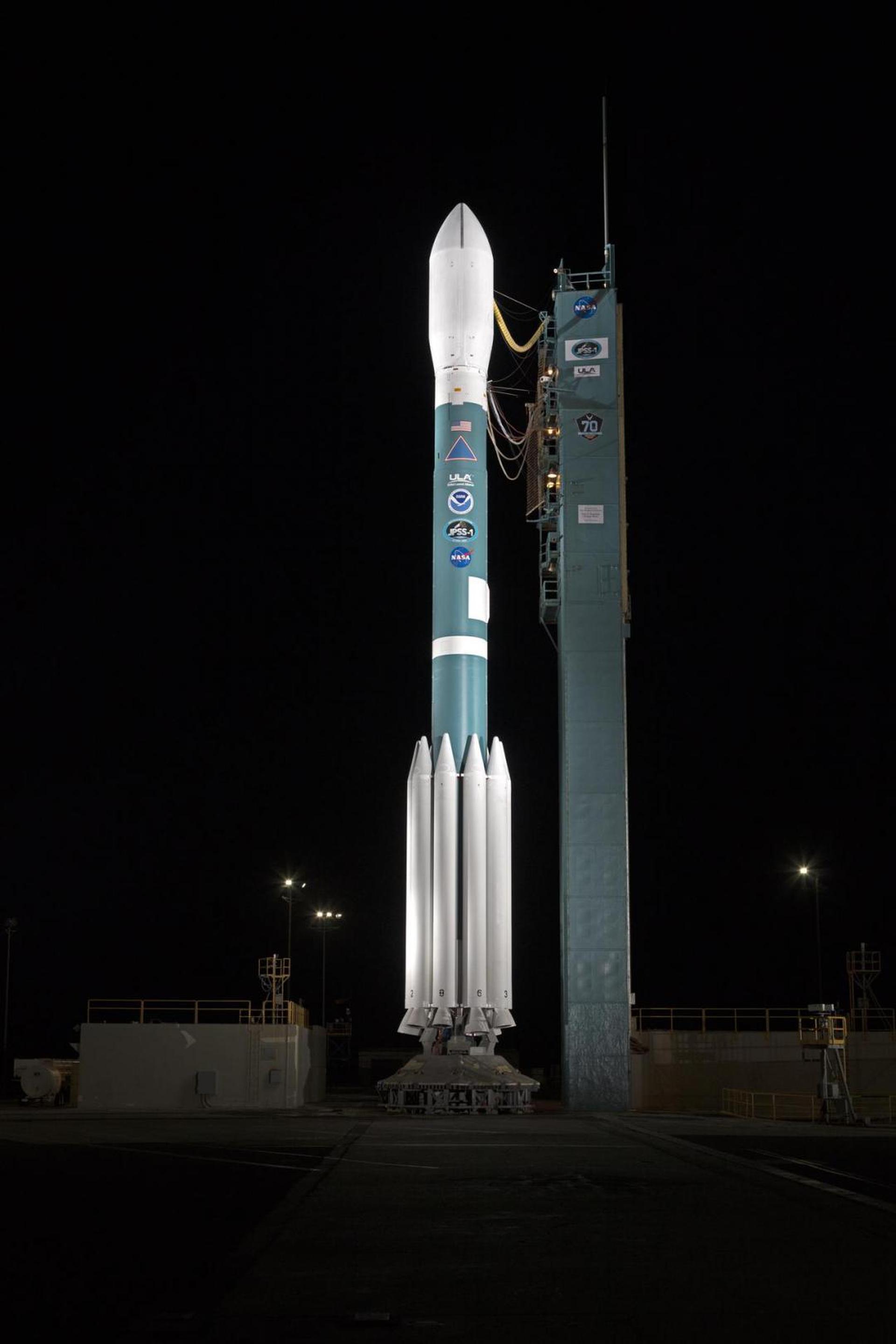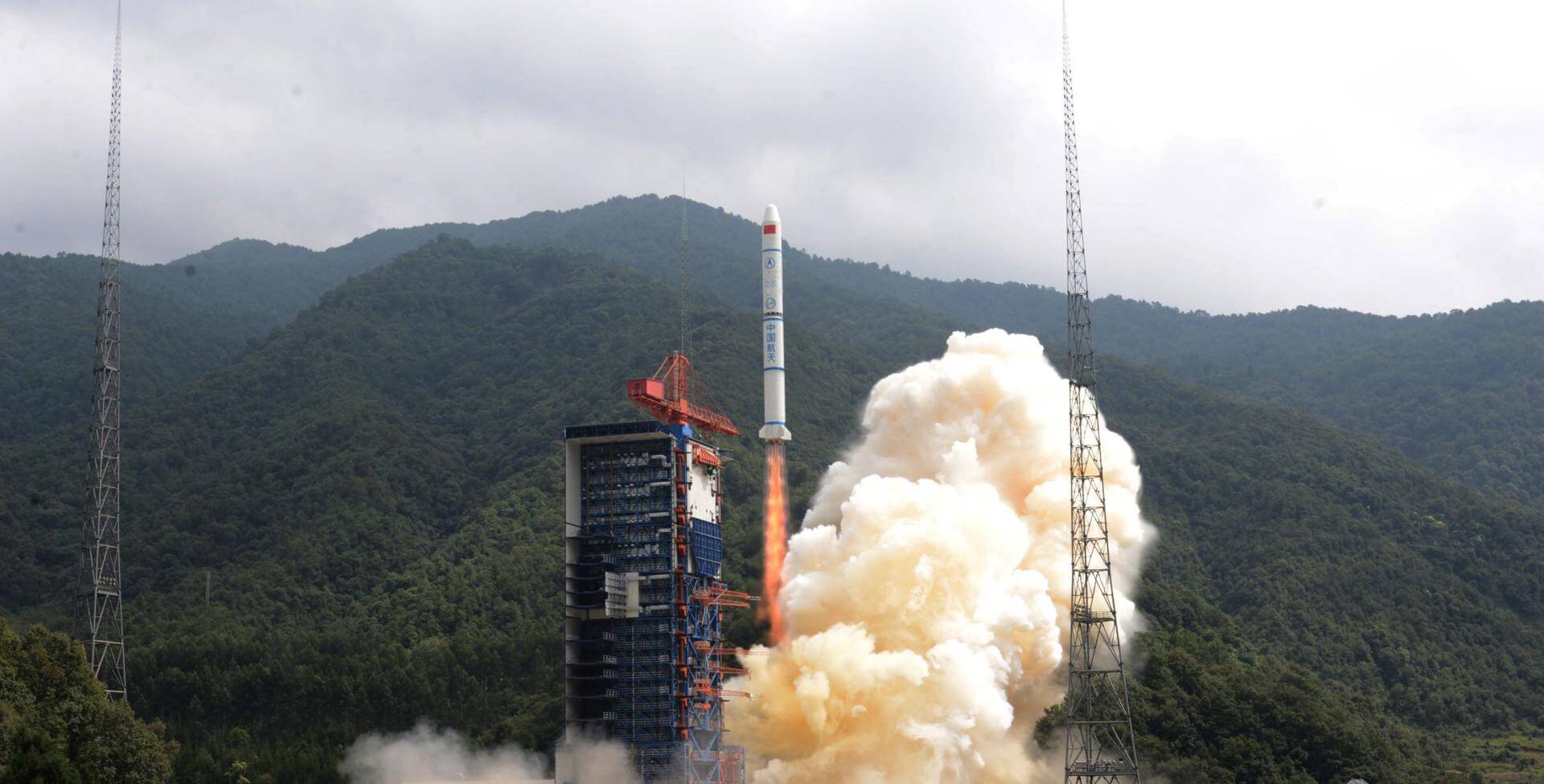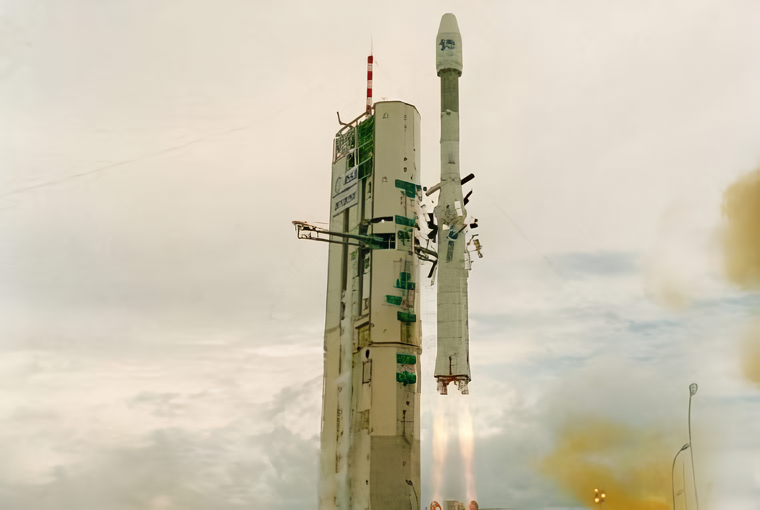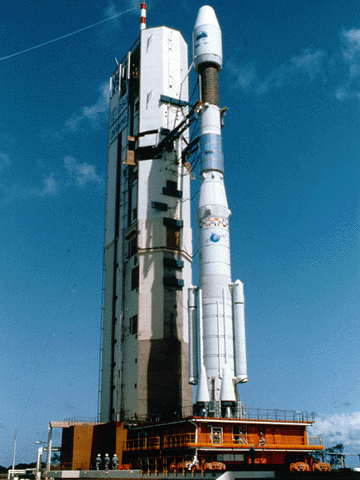Previous Spaceflight Launches
Filter by Agency, Locations or Vehicles
Show All LaunchesSpace Shuttle Columbia / OV-102 | STS-90
National Aeronautics and Space Administration | United States of AmericaKennedy Space Center, FL, USA
April 17, 1998, 6:19 p.m.
Status: Launch Successful
Mission:
STS-90 was a 1998 Space Shuttle mission flown by the Space Shuttle Columbia. The 16-day mission marked the last flight of the European Space Agency's Spacelab laboratory module, which had first flown on Columbia on STS-9, and was also the last daytime landing for Columbia.
Low Earth OrbitProton-K/17S40 | Iridium 62 to 68
Khrunichev State Research and Production Space Center | RussiaBaikonur Cosmodrome, Republic of Kazakhstan
April 7, 1998, 2:13 a.m.
Status: Launch Successful
Mission:
Iridium provides global mobile telecommunications services using a constellation of 66 low earth orbit satellites in a 86.4° inclined orbit. Although 77 satellites were originally envisioned for the system and spawned the name based on the 77th element in the periodic table, the system has been scaled back. Motorola's Satellite Communications Group designed and manufactured the Iridium satellites with Lockheed Martin providing the LM-700A spacecraft buses.
Low Earth OrbitPegasus XL | Transition Region and Coronal Explorer (TRACE)
Orbital Sciences Corporation | United States of AmericaAir launch to orbit
April 2, 1998, 2:42 a.m.
Delta II | Iridium 55 to 60
United Launch Alliance | United States of AmericaVandenberg SFB, CA, USA
March 30, 1998, 6:02 a.m.
Status: Launch Successful
Mission:
Iridium provides global mobile telecommunications services using a constellation of 66 low earth orbit satellites in a 86.4° inclined orbit. Although 77 satellites were originally envisioned for the system and spawned the name based on the 77th element in the periodic table, the system has been scaled back. Motorola's Satellite Communications Group designed and manufactured the Iridium satellites with Lockheed Martin providing the LM-700A spacecraft buses.
Low Earth OrbitLong March 2C/SD | Iridium 51 & 61
China Aerospace Science and Technology Corporation | ChinaTaiyuan Satellite Launch Center, People's Republic of China
March 25, 1998, 5:01 p.m.
Status: Launch Successful
Mission:
Iridium provides global mobile telecommunications services using a constellation of 66 low earth orbit satellites in a 86.4° inclined orbit. Although 77 satellites were originally envisioned for the system and spawned the name based on the 77th element in the periodic table, the system has been scaled back. Motorola's Satellite Communications Group designed and manufactured the Iridium satellites with Lockheed Martin providing the LM-700A spacecraft buses.
Low Earth OrbitAriane 40 | SPOT-4
Aérospatiale | FranceGuiana Space Centre, French Guiana
March 24, 1998, 1:46 a.m.
Atlas II | UHF F/O F8
Lockheed Martin | United States of AmericaCape Canaveral SFS, FL, USA
March 16, 1998, 9:32 p.m.
Status: Launch Successful
Mission:
The U.S. Navy began replacing and upgrading its ultra-high frequency (UHF) satellite communications network during the 1990s with a constellation of customized satellites built by Hughes Space and Communications Company. Known as the UFO (Ultra High Frequency Follow On) series, these HS-601 model satellites support the Navy's global communications network, serving ships at sea and a variety of other U.S. military fixed and mobile terminals.
Geostationary OrbitSoyuz U | Progress M-38
Russian Federal Space Agency (ROSCOSMOS) | RussiaBaikonur Cosmodrome, Republic of Kazakhstan
March 14, 1998, 10:45 p.m.
Atlas IIAS | INTELSAT 806
Lockheed Martin | United States of AmericaCape Canaveral SFS, FL, USA
Feb. 28, 1998, 12:21 a.m.
Status: Launch Successful
Mission:
The Intelsat VIII-VIII/A series has been designed to meet the needs of Intelsat users throughout the system for improved C-band coverage and service. These spacecraft will incorporate six-fold C-band frequency reuse, two-fold frequency reuse of expanded C-band capacity, and the highest C-band power level ever for an Intelsat satellite. Consequently, Intelsat VIII will provide significantly more C-band capacity for public switched telephony and Intelsat Business Service, better quality for video services, and encourage new international VSAT applications.
Geostationary OrbitAriane 42P | Hot Bird 4
Aérospatiale | FranceGuiana Space Centre, French Guiana
Feb. 27, 1998, 10:38 p.m.


